Starlink is set to significantly improve SAR and EM communications

STARLINK BUSINESS – Communications application for SAR and EM on the horizon Since the use of PolSAR HF radios communications in the outdoors has had incremental changes over the years. […]
All about distress beacons COSPAS-SARSAT
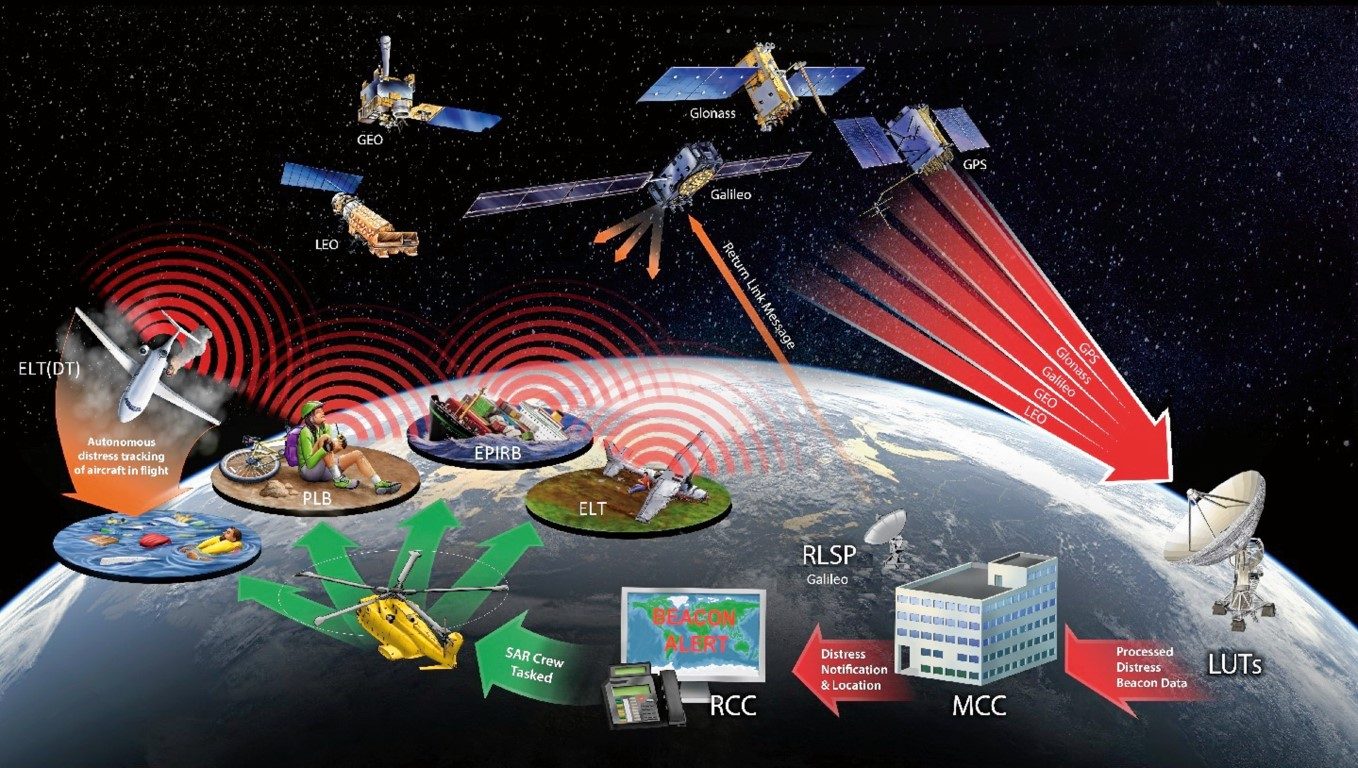
How to save a life A COSPAS-SARSAT beacon, also called a distress radio beacon or emergency beacon, is a radio transmitter that can be activated in a life-threatening emergency to […]
YSAR interviews next generation of Search and Rescue volunteers
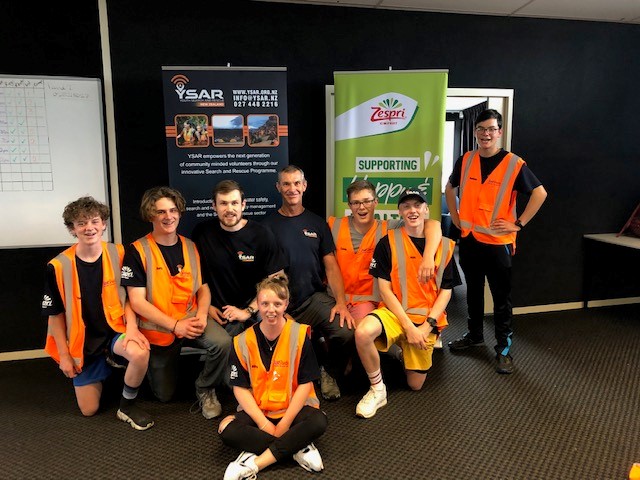
Youth Search and Rescue interviews the next generation of Search and Rescue and Emergency Management practitioners for the 2021 Cohort in Auckland and the Bay of Plenty regions We had […]
Integrated SAR Systems – ISARS

[et_pb_section fb_built=”1″ admin_label=”section” _builder_version=”3.0.47″][et_pb_row admin_label=”row” _builder_version=”3.0.48″ background_size=”initial” background_position=”top_left” background_repeat=”repeat”][et_pb_column type=”4_4″ _builder_version=”3.0.47″][et_pb_text admin_label=”Text” _builder_version=”3.21.4″ background_size=”initial” background_position=”top_left” background_repeat=”repeat”] Integrated SAR systems – ISARS This project is focused on research and development and future […]
World Vision – Utilising technology in emergency response

While technology and innovation are not synonymous, the right technology can inspire and facilitate new and better ways to achieve our goal to protect children from the impact from disasters.
Xaver Sense Through the Wall System
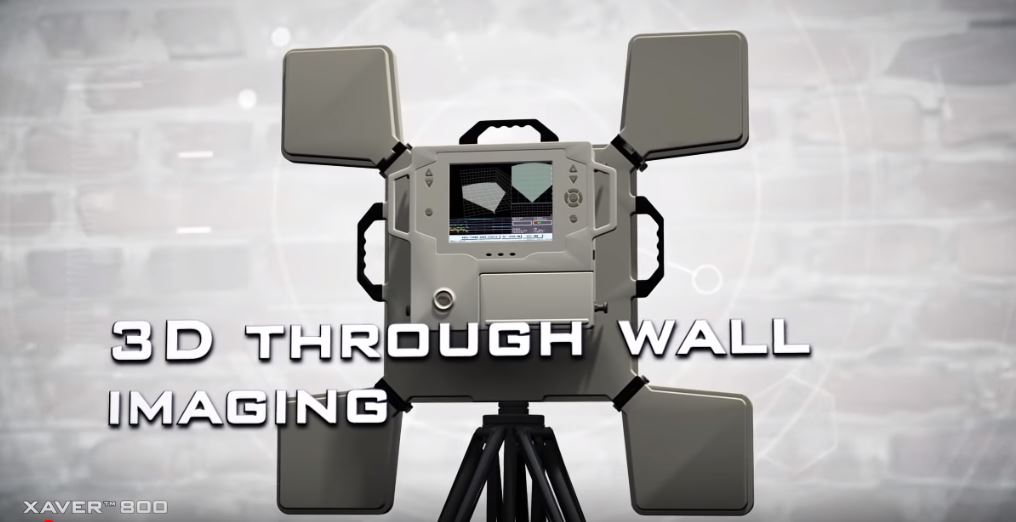
Operators can deploy Camero’s Xaver family of scanners on solid walls to get a 3D outline of the objects behind it. The system uses an ultra-wideband radar to “see” through walls along with a “breath detection” mechanism to differentiate between static and moving objects.
SAR for SAR – Technology on the horizon – The use of Synthetic Aperture Radar for Search and Rescue
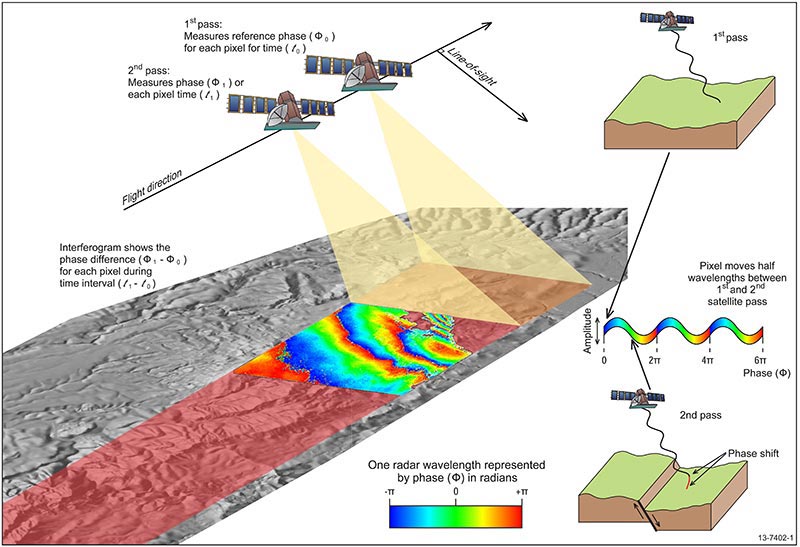
Synthetic aperture radar (SAR) images are produced by an active system that sends a microwave signal from a sensor platform to the ground and detects backscattered waves that the ground reflects directly back to a receiver on the same platform, which can be borne aloft by either airplanes or satellites. When the source and receiver are on the same platform, the radar is said to be monostatic. If the source and receiver are on different platforms, the radar is said to be bistatic. Commercial SAR systems are monostatic and always collect images to the side of the flight path of the sensor platform, unlike most multispectral imaging systems, which commonly look straight down and are passive (consisting only of receivers of reflected sunlight and emitted thermal infrared radiation).
Researchers aim to enhance lost person search and rescue efforts using drones, artificial intelligence

Thanks to a $1.5 million grant from the National Science Foundation, a group of Virginia Tech engineers hopes to redefine these search and rescue protocols by teaming up human searchers […]
YSAR goes under CANVAS
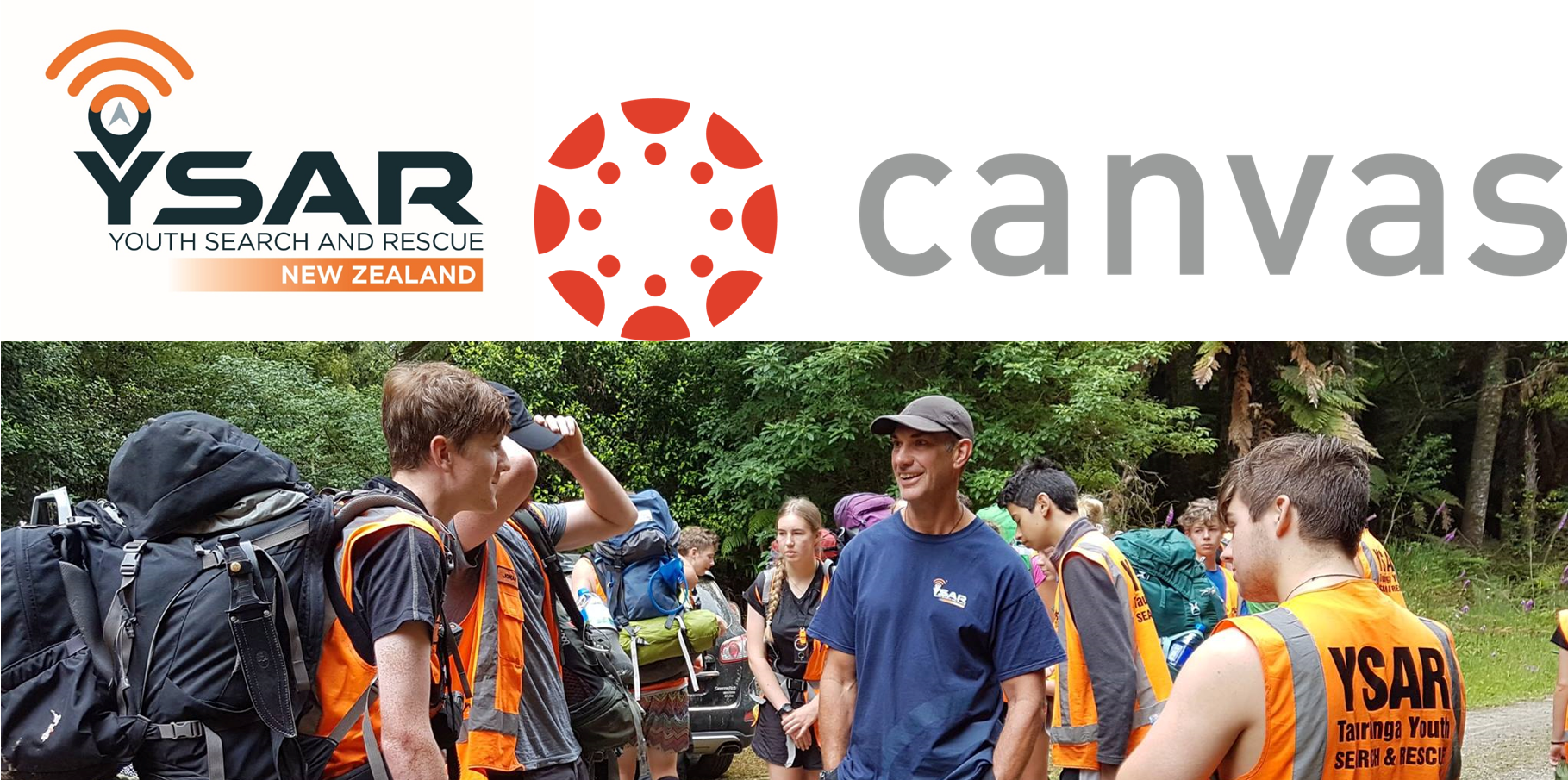
YSAR new Learning Management System (LMS) CANVAS by Instructure YSAR are about to transition over to a new learning management systems (LMS) called Canvas by Instructure, between now and March […]
Trustpower Community Awards – YSAR recognised for the amazing work they do in the community

Trustpower Community Awards On Wednesday night YSAR was recognised for the awesome work they are doing in the community by being awarded a finalist award at the local Tauranga and […]
